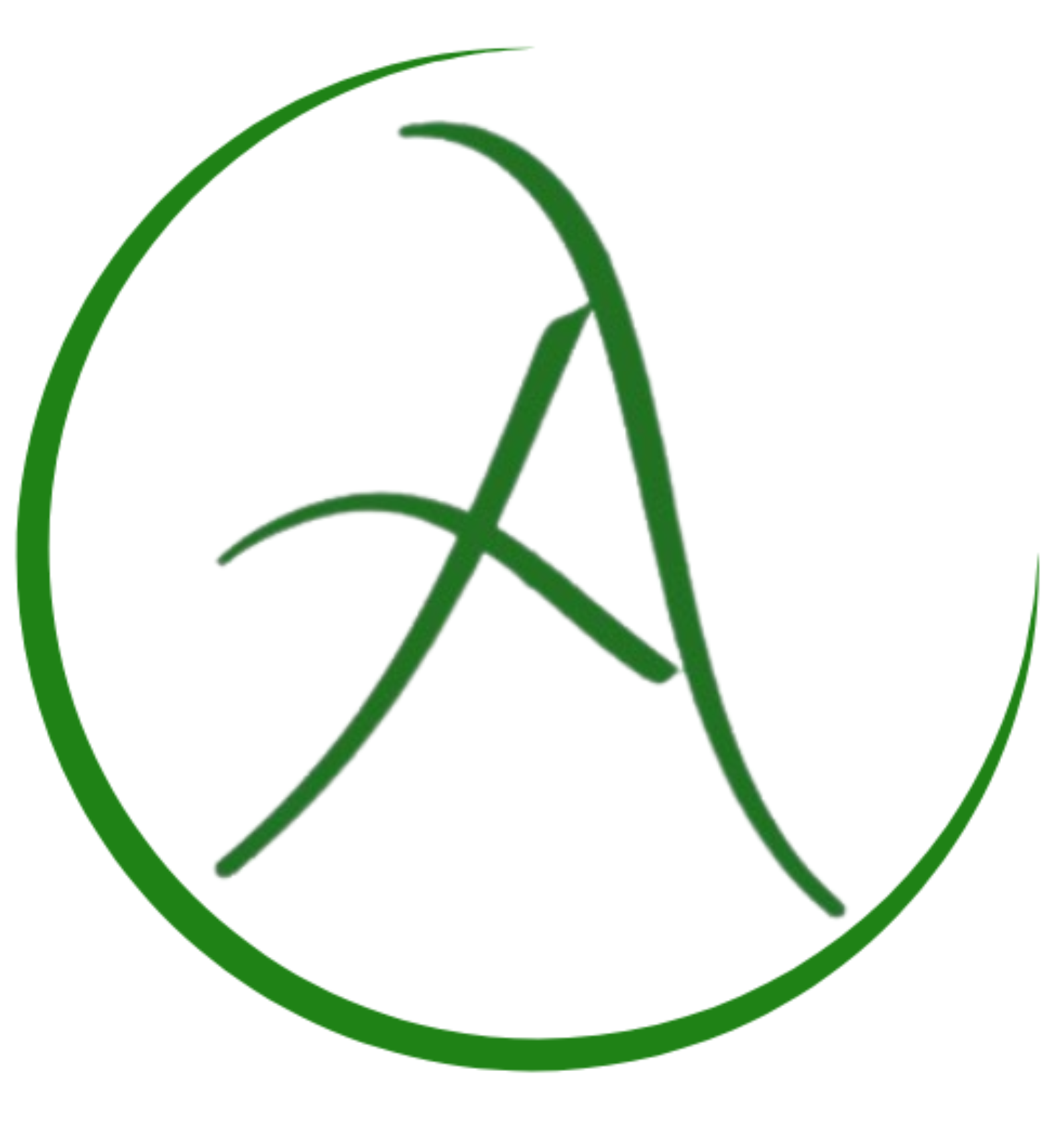Back to Ikastaroa
Ekonomia Birsortzailea
0% Complete
0/0 Steps
- Module 01: Introduction1.1 Lesson-1: Interested in Regeneration?
-
1.2 Lesson-2: What is Regenerative Economy?
-
1.3 Lesson-3: Principles of Regenerative Economy9 Gaiak
-
1.3.1 Principle 1: Maintain strong, cross-scale circulation of key flows, such as energy, information, resources, and money.
-
1.3.2 Principle 2: Regenerative and sustained re-investment
-
1.3.3 Principles 3 & 4: Maintain Trustworthy Inputs and Healthy Outputs
-
1.3.4 Principle 5: Maintain a good balance between different types of organizations.
-
1.3.5 Principle 6: Maintain a balanced mix of resiliency and effectiveness.
-
1.3.6 Principle 7: Maintain sufficient diversity
-
1.3.7 Principle 8: Encourage cooperative relationships and principles that are shared by all
-
1.3.8 Principle 9: Encourage positive action and restrict speculative and overly extroverted behavior
-
Principle 10: Encourage efficient, flexible, group learning
-
1.3.1 Principle 1: Maintain strong, cross-scale circulation of key flows, such as energy, information, resources, and money.
-
1.4 Lesson-4: Towards Regenerative Economy1 Galdetegia
- Module-02: Go Beyond the Circles2.1 Lesson-1: From Linear to Circular Economy
-
2.2 Lesson-2: The Nested System
-
2.3 Lesson-3: From Focusing on the Product to Focusing on the Process1 Galdetegia
- Module-03: Regenerative Economy Mindset Shifting3.1 Lesson-1: Shift Mindset to Transform the System1 Gai
-
3.2 Lesson-2: Shift Mindset: ?Doing? to ?Being?2 Gaiak
-
3.3 Lesson-3: Shift Mindset: ?Ego? to ?Soul?1 Gai|1 Galdetegia
- Module 04: Regenerative Economy Framework4.1 Lesson-1: Levels of Paradigm6 Gaiak
-
4.2 Lesson-2: Understanding Levels of Paradigm as a System
-
4.3 Lesson-3: Evolving a Practice of Regenerative Economics5 Gaiak
-
4.4 Lesson-4: Quantitative Growth to Qualitative Growth2 Gaiak|1 Galdetegia
- Module 05: Collaborative Approach to Regenerative Economy5.1 Lesson-1: Ecology and Regenerative Economy 1
-
5.2 Lesson-2: Economy of Human Development9 Gaiak
-
5.3 Lesson-3: Regenerative Approach to Whole Economic Development7 Gaiak
-
5.3.1 Risks Associated with Traditional Economic Growth
-
5.3.2 A Regenerative Evolutionary Strategy to Creating Community Wealth
-
5.3.3 Developing Place-Sourced Community Intelligence: A Three-Phase Strategy
-
5.3.4 Phase One: Thinking Strategically
-
5.3.5 Phase Two: Changing Systems
-
5.3.6 Phase Three: Institutionalizing Strategic Planning Patterns and Fields
-
5.3.7 The Changes
-
5.3.1 Risks Associated with Traditional Economic Growth
-
5.4 Lesson-4: Regenerative Culture3 Gaiak|1 Galdetegia
- Module 06: Regenerative Investment6.1 Lesson-1: The Role of Businesses2 Gaiak
-
6.2 Lesson-2: Investing from a Regenerative Mind1 Gai
-
6.3 Lesson-3: Food System Investing in a Regenerative Economy4 Gaiak|1 Galdetegia
-
Ondorioa
Participants 102
Ikasgaia 3, Gai 4
In Progress
1.3.4 Principle 5: Maintain a good balance between different types of organizations.
apirila 22, 2025
Ikasgaia Progress
0% Complete
Because this reflects the ideal configuration for a multiscale system of a particular size, long-term vitality necessitates (at least) approximate power law balance of administrative sizes. The Goldilocks Rule of banking suggests that commercial activity supports organizations built to service the financial demands of each size, from local to global, much how drainage basins generate water systems which include tributaries and big rivers to meet the activity at different scales.

